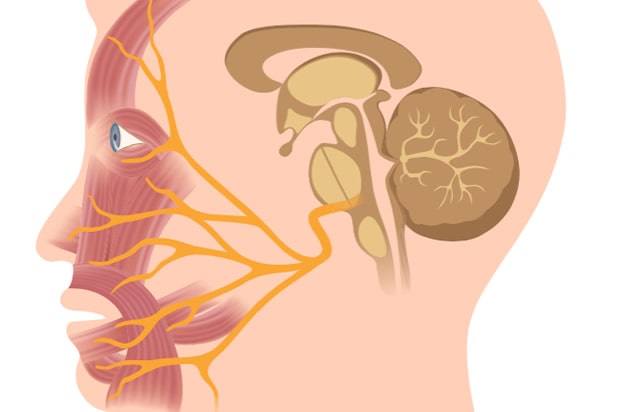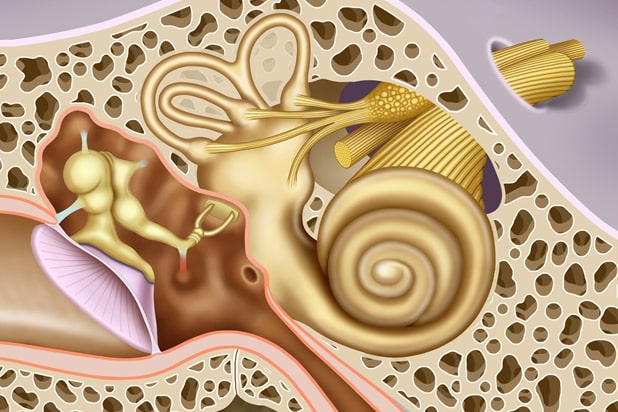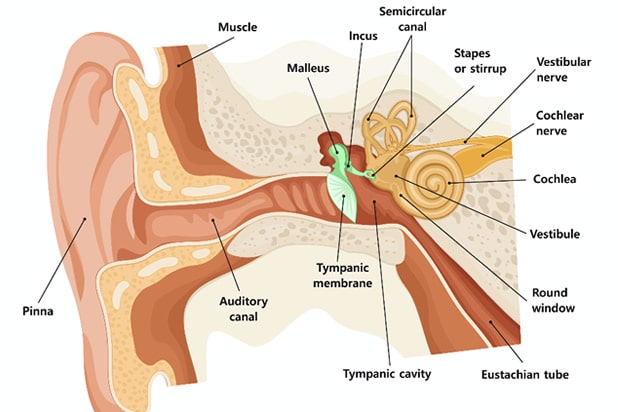Acoustic Neuroma Challenges
The close relation of Acoustic Neuroma to the facial nerve, hearing nerve, swallowing nerves, brain arteries, and brainstem in a deep confined skull base space creates surgical challenges requiring unique experience and expertise to maximize favorable facial nerve and hearing outcomes and to avoid catastrophic complications such as stroke, brain injury and brain swelling.
We review some of the challenges associated with treating Acoustic Neuroma and some of the innovative techniques developed at The Center for Acoustic Neuroma to optimize outcomes and quality of life.

The Facial Nerve
The facial nerve is very important in Acoustic Neuroma surgery. We believe that facial nerve function outcome is the single most important factor in patient satisfaction after Acoustic Neuroma surgery. We cannot overemphasize the importance and priority to surgical strategies to preserve the facial nerve function during Acoustic Neuroma surgery and all treatment options take into consideration this highly important nerve.

The Cochlear (Hearing) Nerve
Acoustic Neuroma most commonly arise from nerve sheath cells in the vestibular nerve portion of the vestibulocochlear (CN 8) nerve. Because the tumor does not arise from the cochlear nerve itself, patients with smaller Acoustic Neuroma can present with significant dizziness and balance difficulty and can still retain much of their hearing.

The Vestibular (Balance) Nerve
Our balance system is very complicated and involves multiple components of our body including our inner ears, our brain balance system, our eyes, and our ability to feel our surroundings, among other things.
